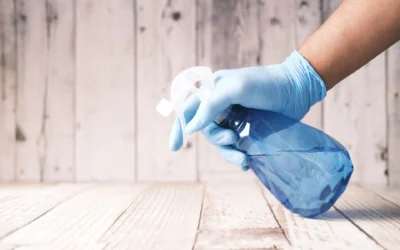Mending or patching up your clothes is an excellent way of creating a much more sustainable wardrobe that can help you create the looks you love whenever you want. The present shift in economic constraints and sustainability concerns may have prompted you to recall a period when high-quality clothing was manufactured, bought, worn and how people took care of their clothes.
You need a sewing needle, thread, and some basic sewing abilities. Some repairs require a sewing machine, yet just a basic understanding of stitching and machine operation is necessary. It’s a talent that everyone can learn, practice, and pass on. Let us walk you through four primary repairing methods that will be very handy for day-to-day mending and stitching.
Repair Holes Caused By Worn Out Button Holes
Make a cloth patch that is slightly smaller in size than the button, use a matching fabric with the same texture or lighter than the garment. Sew the patch on the opposite side of the garment or between the inner and outer fabric.
Hand sewing or machine stitching over and little beyond the patch, sewing the patch through the cloth. Rejoin the button that is slightly bigger than the patch below. A little patch can be used to repair rips and tiny holes caused by pulled-through buttons.
Reseal Torn Seams
While working on the opposite side of the garment, sew the seams together. Remove any stray threads. Replace the missing stitches on the seam line with either a machine stitch or hand back stitches with the same length as the original seam’s stitch length.
Sew over existing stitches, being careful not to stitch through the existing holes. Return the seam to its original completed position by pressing it and resew split seams with care.
Mat Together Pulled Woolen Garments
Choose a wool yarn that matches the fabric’s color, then untangle and pull it off to create loose fibers. Under the hole, put a piece of ethafoam for support and work the fibers into the cloth with a knitting needle from the right side.
Trim the strands and continue knitting them until they have covered the damage and complemented the garment. Felting can be used to repair minor holes in wool fabric.
Repairing A Rip In Your Denim
Mending denim is a relatively simple process that is best accomplished using a sewing machine and multiple stitches to mend and secure the torn part. When sewing blue jeans, you can use multiple colors of blue thread since blue denim comes in many shades.
Cut a spare piece of denim large enough to sit correctly over the rip or hole in the denim. Then secure the denim patch behind the rip with a pin.
If you have a tear with many threads, clip them off to have a clear working space. Sew back and forth across the patch with a zigzag stitching pattern (about 3/3 setting), attaching it to the denim.
Final Notes
If you are on a budget, you can mend clothes that have minor wear and tear rather than toss them away. It’s simple, fun, and can help you revamp your wardrobe in no time!



